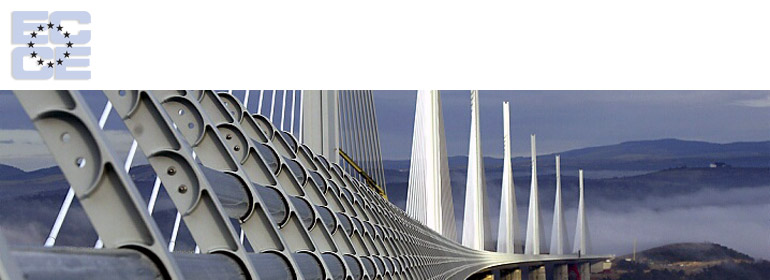
World Engineering Day 2023

The European Council of Civil Engineers (ECCE) and the World Council of Civil Engineers (WCCE) are joining forces in a common initiative which aims to raise awareness on the need of "Safe - Sound - Sustainable" (3S) buildings which can be fulfilled by integrating structural/seismic upgrade of the existing buildings together with energy efficiency improvements.
In Civil Engineering the systematic updating the design codes to incorporate aspects from academic research or identified through shortcomings in real hazard situations is an ongoing process. Safety and comfort are indeed considered to be of prime importance in all civil engineering projects. The requirement to satisfy both of these results in buildings which are safer, more economic to operate and more sustainable. The Three S Approach (3S), Safe – Sound - Sustainable, focuses on this requirement while greatly contributing to the UN Sustainable Development Goal 11 for Safe and Resilient Cities.
In addition, one of the most important Human rights is to possess Safe, Sound and Sustainable buildings (3S). Adequate housing was recognized as part of the right to an adequate standard of living in article 25 of the 1948 Universal Declaration of Human Rights and in article 11.1 of the 1966 International Covenant on Economic, Social and Cultural Rights.
Much of the existing building stock in most countries were built in a time where modern design and construction standards and techniques, including the requirements for resilience, seismic safety and energy efficiency were not yet enforced. Thus, depending on their date of construction, the vast majority is deficient in terms of energy, durability, and seismic resistance. It is evident that there is a big portion of the existing building stock that is under-designed, both regarding their seismic capacity and their energy performance, as well as being below the national minimum requirements set in the last fifteen years. These are the properties that should be targeted for the need of structural and energy renovation to remain operational and safe.
This creates the need for society to take immediate action to maintain the aging existing building stock in an operational, reliable, and resilient state to ensure primarily the safety of the users.
In the last decades, the increased energy consumption has led to adverse environmental impact. The term 'energy efficiency' was introduced in the building sector which is being used as a metric in Europe's aim to reduce the Greenhouse emissions by 20% and achieve 20% energy savings [EPBD recast, 2010/31/EU]. The construction sector accounts for large energy consumption in the EU with the European households using nearly 70% of the consumed energy in the form of electrical energy. To boost energy performance of buildings, the EU has established a legislative framework and has presented a number of initiatives aiming to modernise the building sector in light of technological improvements and to increase building renovations. Unfortunately, the importance of safety has not been highlighted or considered to the necessary extent.
Currently, from a sustainability perspective, emphasis has been placed on developing an integrated structural and energy design methodology for new buildings to override individual actions to ensure a Sustainable Structural Design (SSD). However, in aging existing buildings, the issue of structural, seismic and energy inefficiency becomes of primary importance and a similar overarching concept approach is required to provide upgrading on both fronts and if possible, in an integrated common holistic approach.
A common method of evaluation of the seismic and structural vulnerability of buildings is of paramount importance for governmental authorities to quantify the required resources, plan investment schemes and define prioritisation strategies for seismic and structural risk mitigation and corresponding sustainable retrofitting.
Both the European Council of Civil Engineers and the World Council of Civil Engineers aspire to continue their efforts in the future to ensure the sustainability of the existing building stock in the world and contribute to the Basic Human Right to adequate housing.
The new trend nowadays is...smart financing for smart buildings. But a building can only be called smart once it fulfills the 3S approach "Safe - Sound - Sustainable".
So, ECCE and WCCE would like to declare the urgent need to follow and implement the 3S Approach.
The joint ECCE - WCCE 3S Approach Initiative was officially presented in the celebration of the World Engineering Day 2023, during the "Engineering the Cities of the Future" Conference on 3rd March 2023, in Madrid.
The World Engineering Day 2023 on 4th March 2023 is the day that marks ECCE's and WCCE's commitment to continue fostering holistic approaches of renovation in support of the global policies and UN SDGs for a safe and sustainable world.
3S Approach Manifesto 2023 (EN) (ES)
3S Approach Executive Summary 2023 (EN)
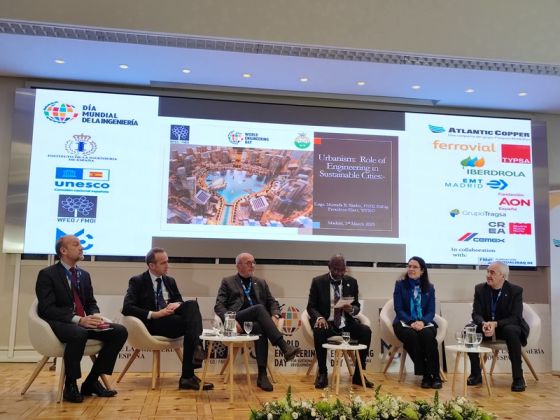
WED 2023 "Engineering the cities of the future" Conference, 3rd March 2023, Madrid
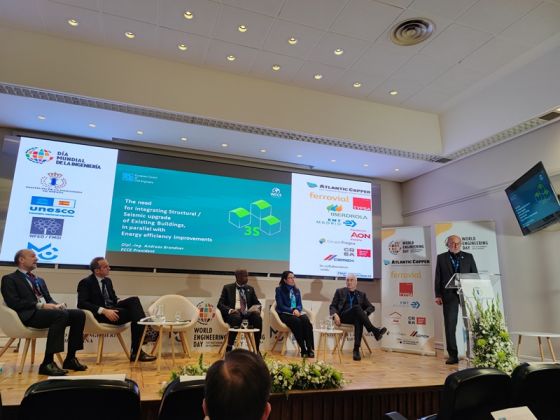
ECCE President Andreas Brandner presenting the Joint ECCE-WCCE 3S Approach Manifesto at the WED2023 "Engineering the cities of the future" Conference, 3rd March 2023, Madrid
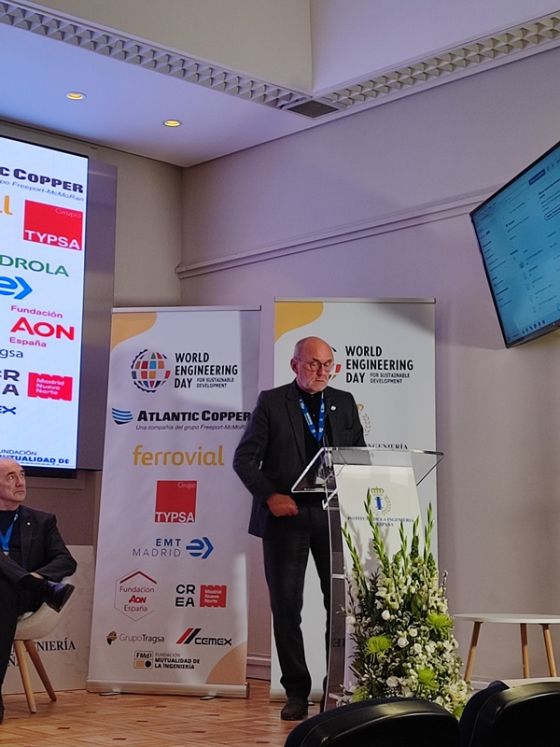
ECCE President Andreas Brandner presenting the Joint ECCE-WCCE 3S Approach Manifesto at the WED2023 "Engineering the cities of the future" Conference, 3rd March 2023, Madrid
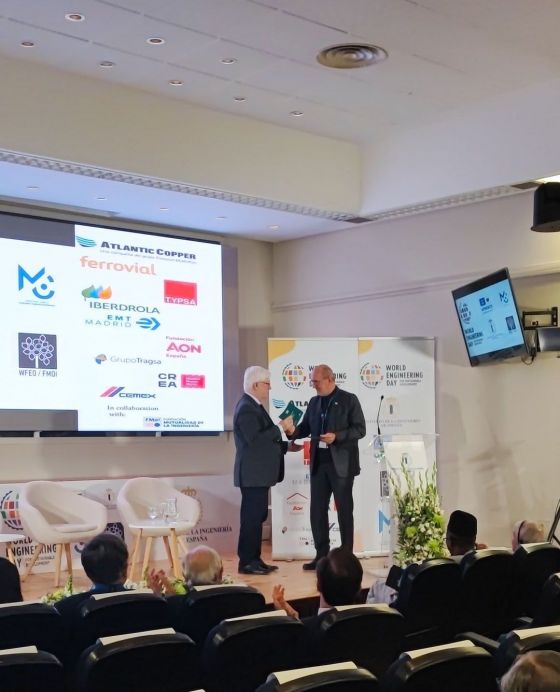
ECCE President Andreas Brandner officially handing over the Joint ECCE-WCCE 3S Approach Manifesto to the WFEO President Jose Vieira during the WED2023 celebration on 4th March 2023, in Madrid
03.03.2023 :: ![]() Print Page
Print Page